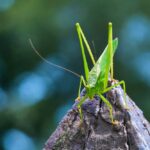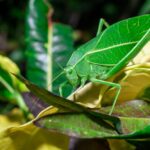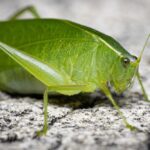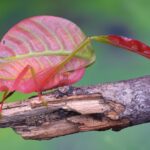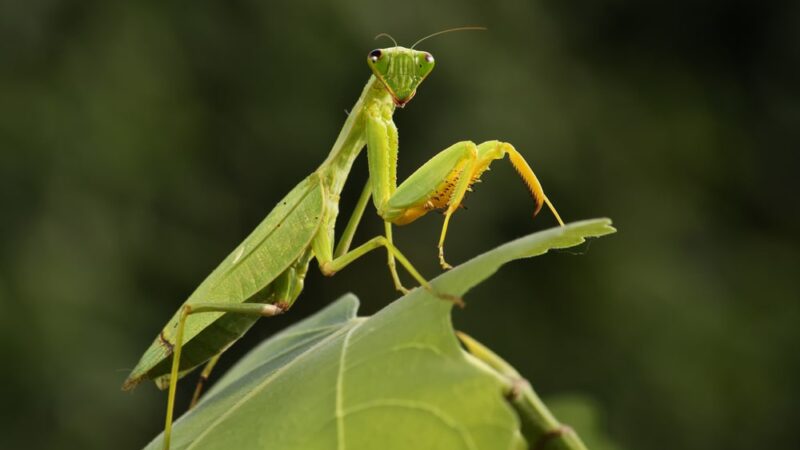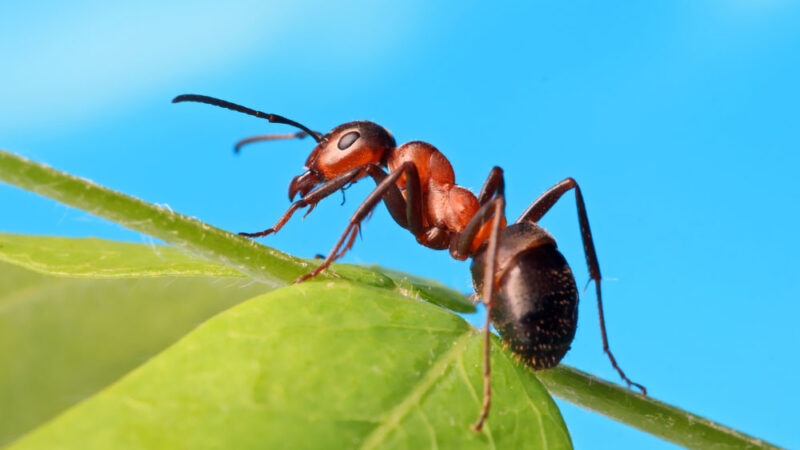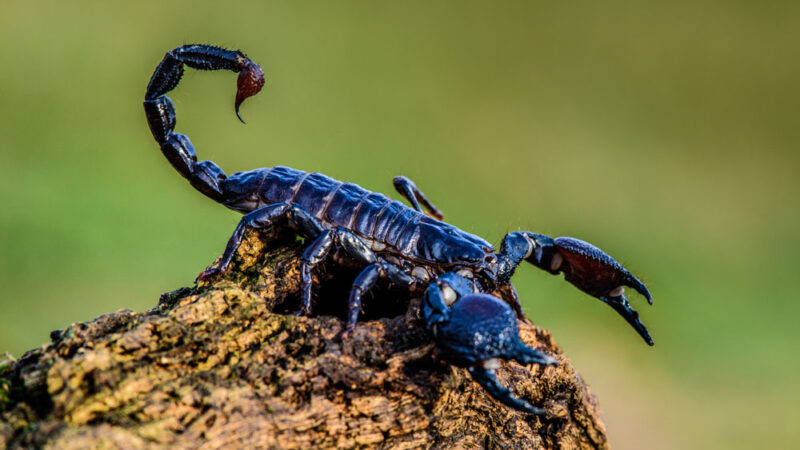Katydid Insect
Shelter for Animal | Katydids | The Katydid sometimes ironically referred to as the bush cricket (Tettigoniidae) is part of the same suborder of insects as crickets but there’s still only cousin katydids actually create the sound of loud insects. You may associate with nightfall depending on your geographical location at the time of year.
Katydid vs Grasshopper
Crickets have a chime-like chirp while katydids create more of a buzzing sound, although Tettigoniidae might look more like grasshoppers and crickets grasshoppers aren’t even part of the same suborder what’s the difference well there’s a few but the most obvious one is their antenna links. Grasshoppers have short antennae while crickets and Tettigoniida have long antennae very long. So long in fact that there’s sometimes two to three times the length of the entire insect’s body chef’s.
Katydids habitat
The katydid lived on every continent except Antarctica and there are over 6,000 species of this week like insects, they come in a range of sizes with a few species are so enormous that they beat out all competitors for probably the greatest bugs on earth. Typically there are about one to four inches in length and that’s excluding those crazy antennae the biggest species.
The giant katydid can reach lengths of over half a foot when you hear the name of this insect. You might imagine a bright green grasshopper looking thing like this but really they come in all shapes and colors.
Katydid insects
Here’s one that’s pink and here’s one that’s all speckled and here’s um this one and this one is wait is that just a dead leaf. The dark parts of the internet, Tettigoniidae are experts of camouflage and have adapted to look like the environments in which they live it’s more likely for someone to fear a katydid than to see one because of all that evolution at work don’t let that fact stop you from looking though.
They lived nearly anywhere including desert rainforests and even Canada. Many species live for less than a year producing the next year’s generation during their lifetime and dying with the onset of winter some that and have it more tropical areas can live many years. However, and will even produce offspring up to twice per year. Tettigoniidae lay their eggs on leaves, branches, rocks, and rotting logs.
You know any place you’d want to leave your child nymphs hatch after enduring the cold of winter and look very similar to their parents they lack wings. They’ll shed many times before becoming full-sized adults in about 3 to 4 months.
What do katydids eat?
Most katydids are vegetarian and eat the leaves they live among, however, some like the black wing Colonia are carnivorous and eat other insects not sure if that makes them insectivores on the flipside quedas land, on the meal plan of many other creatures including bats, bird, small mammals, and even humans. Well, sort of see a large group of Tettigoniidae could destroy fields of crops so farmers invented a chemical.
This chemical would destroy the katydids and not their eggs so as not to entirely disrupt the circle of life. Some of the largest species are even kept as pets personally I’ll stick with Chester the Cherokee believe that if one hears a Tettigoniidae very close to them then it is a warning of death. The story goes that a hunter made fun of a loud katydid near his camp one night saying in his annoyance that the joke was on the katydid because he would die before winter the katydid retorted.
Reference: Wikipedia, Britannica
